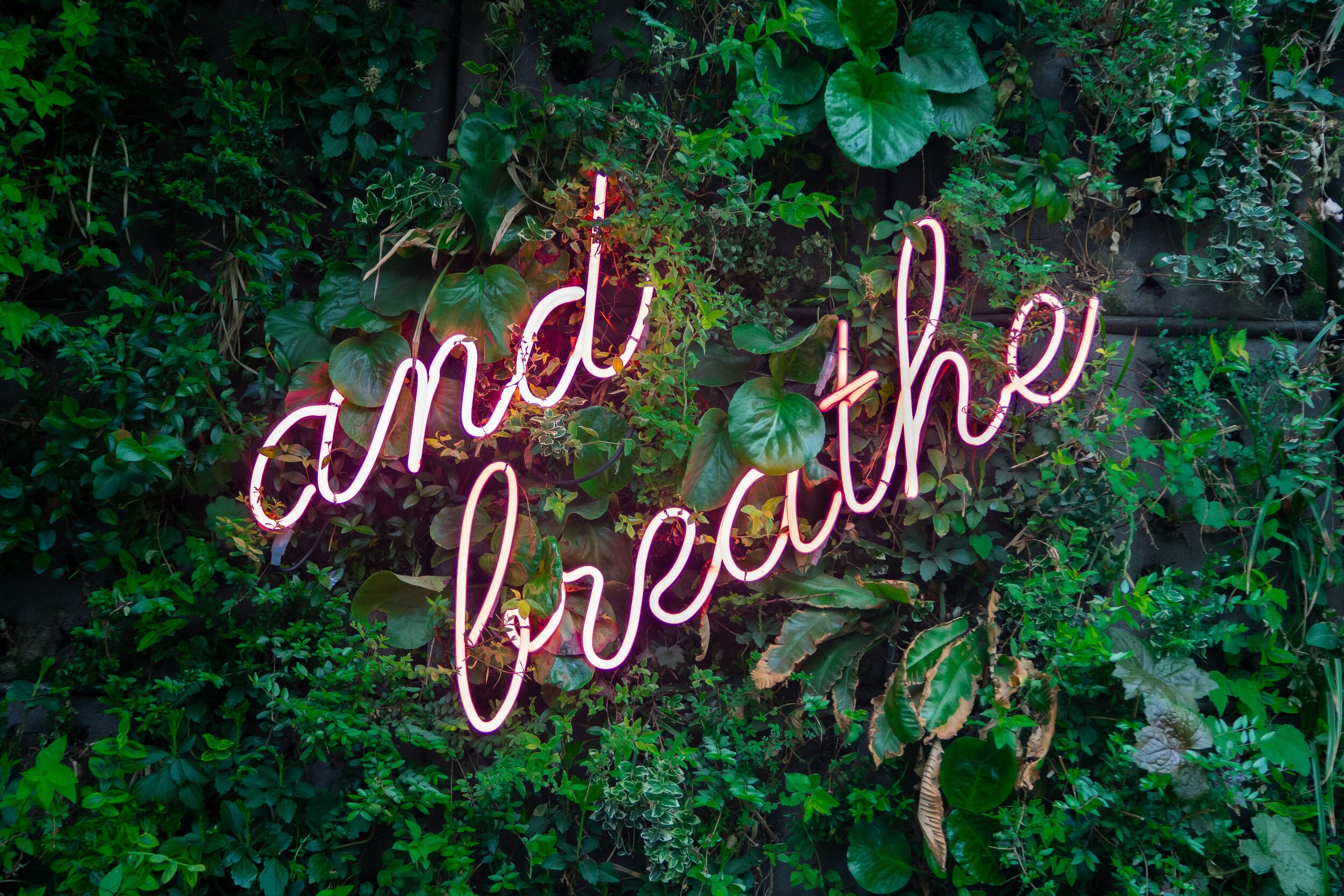Metal and the Lungs: The Breath as the Instrument of a Calmer, Clearer Mind
/[This entry is part of a 5-part series in collaboration with Sah’m Acupuncture (https://www.sahmacupuncture.com/) to honor the 5 elements in Chinese medicine and philosophy. The first element we explore is metal, which is associated with the lungs and large intestine.]
“The breath is the intersection of the body and mind.” Thich Nhat Hanh
As COVID-19 has swept the globe, it has brought many of us back to the awareness of our cherished breath. The feeling of being able to fill one’s lungs with air from top to bottom and then have a satisfying release is not to be taken for granted. In the West many of us tend to habitually breathe rather shallowly as we rush from place to place and as we sit hunched over our computers. While the adoption of yoga and meditation by the mainstream have made us more aware of the importance of breath for health and mental clarity, there are so many benefits as well as layers of meaning that seem quite apt at this time when the pandemic has impacted all of us.
In many spiritual traditions the breath is not only seen as being essential to the well-being of mind, body and spirit, it is the spirit of life itself. When we take our first breath, we come alive, until we take our last. The Latin word spiritus is at the root of the words spirit, respiration and inspiration. When you consider that the lungs perform the crucial task of nourishing our blood with oxygen and cleansing it of waste, those of us in the West who are breathing so shallowly might be considered to be only half alive, and the truth is that shallow breathing interferes in many bodily processes and cognitive functions as well. The aspects I wish to point out here have to do specifically with how the breath can be used to cleanse and calm the mind.
There are many reasons the breath has been at the center of practices like yoga and meditation. For one, the breath has a potent effect on the stress response. When we consciously breathe more slowly and deeply, we stimulate the parasympathetic nervous system, which has a calming effect. This practice can have quick results for an anxious or fearful mind. Considering the fact that many people have higher than usual levels of anxiety at this time, the breath can be a useful tool in restoring a sense of well-being to the system. In certain mindfulness meditation exercises, for example, one might scan the body and with each exhale, release bodily tension and mental tension.
Another reason is that when we focus on the breath, it anchors us in the here and now. The breath is happening now, it’s not happening in the past or future, which is where many of our minds are spinning out. When we are focusing on this simple automatic process, our minds naturally clear. Whatever we were worrying or obsessing about starts to recede to the background and our environment comes into focus. We can rely on its regularity, like the sunrise and the sunset. The breath reminds us that right now, here in the present, we are ok.
As with the breath, we have partial control over our thoughts. These processes happen automatically, but we can manage the flow. Both breath and thought are optimal when we let them move in and out naturally and fully, without holding on or trying to control too much. When we align our minds with our breath, we can take in fresh thoughts that nourish us and we can release old, stale beliefs and ideas about ourselves and the world. We can be open to new ideas and insights and we can let go of what is no longer working or no longer relevant. Literally each moment – with each inhale and exhale – is an opportunity to start fresh with a new thought, a new idea, a new approach to life. It’s an opportunity to let go of the past, let go of resentments, let go of fear.
COVID-19, like the element of metal and the lungs, is forcing us to let go of things. It has been swift and sure in its cutting away of our plans, our routines, our habits of thinking, our illusion of control. In her book Women Who Run with the Wolves, Clarissa Pinkola Estes tells a story about powerful lightning and hailstorms that would come through and ravage the farmlands where she grew up. Known as “reaper storms,” they were fearsome, but they served the purpose of clearing. Often there were casualties – of livestock and even of human lives. After the storms the families would emerge from their shelters and together would finish the clearing, would tend to the injured plants and animals, would bury those that were struck down, and would begin anew. I think that is a fitting analogy for what is happening. The lungs allow us to grieve and cry for what is lost; they invite us to let go. At this time we are being challenged to let go of our attachments, and when we do, we will discover that even if the loss is painful, we are ok. Right here, right now.
We don’t have to sit in formal meditation to take full advantage of the breath. Wherever you are right now, just pay attention to your breath and notice if you can let go and breathe a little more deeply and a little more gently. Allow your mind to quiet if ever so slightly. Anytime, anywhere you can enjoy a momentary meditation during the day to infuse well-being and inspiration into your life.

